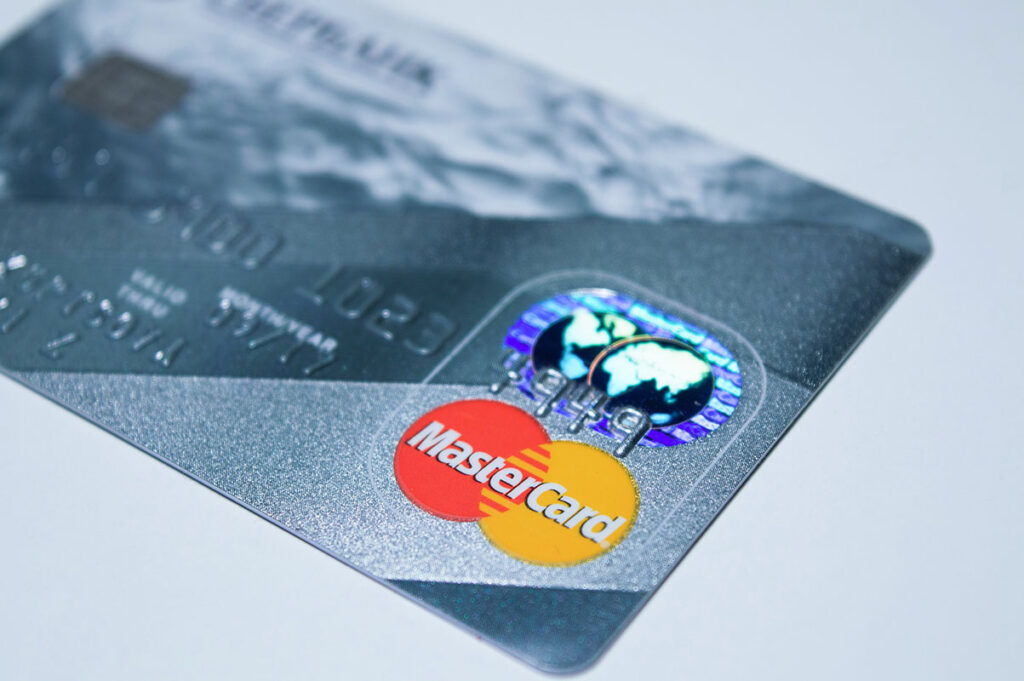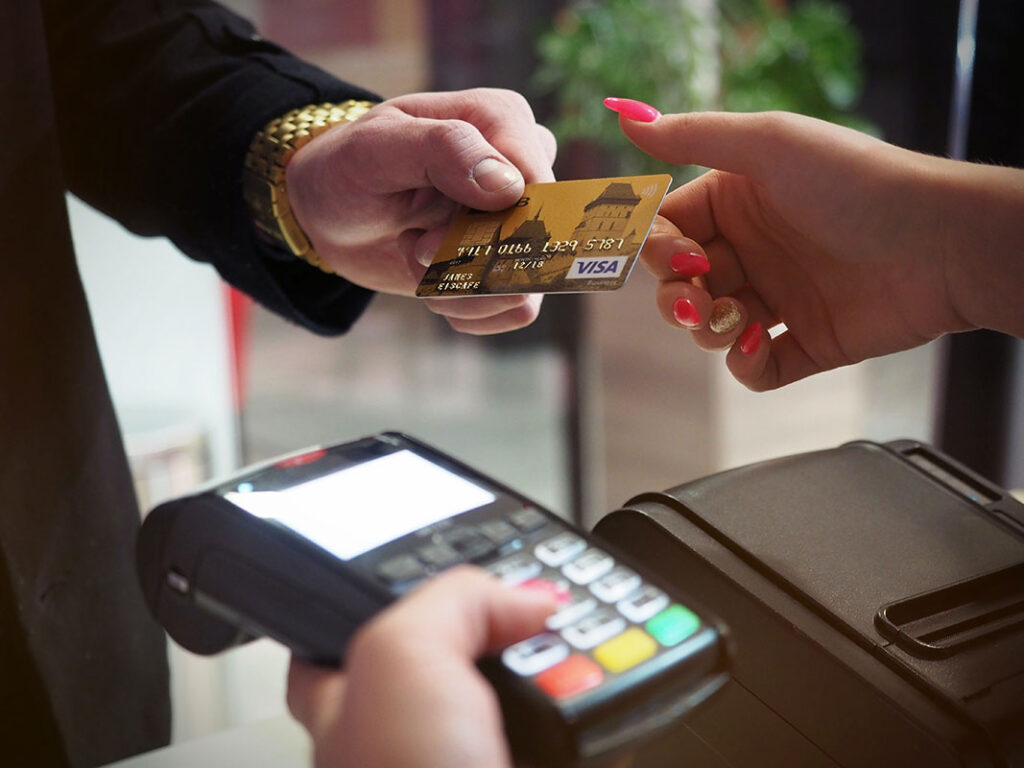Brooke got her first credit card a year ago. She has been handling her new credit card sensibly and is reaping the rewards of doing so. Brooke knows that using her credit card responsibly is incredibly important. So let’s take a look at the five strategies Brooke uses to manage her first credit card like a boss.
Brooke knows that credit cards are great tools for building a solid credit score and credit history. And a solid credit score is necessary for building her wealth. Brook understands that building a good credit score early in life will open up many opportunities for herself in the future. For example, she plans to buy her first real estate investment property by age 21, and having a solid credit score is one crucial aspect that will help her achieve that goal.
(Stay tuned for Post 21 where we will dive into credit history and credit scores.)
In case you missed it:
- In Post 17, we talked about the reasons you should get a credit card now (even if you’re not 18 yet).
- In Post 18, we talked about how to get your first credit card.
If you do not use credit cards responsibly as Brooke does, those credit cards will become a nightmare and could actually prevent you from proceeding down your journey to FI.
And if someone like a parent co-signed on your credit card account, it is even more important that you follow these strategies, so you don’t mess up their credit history as well as yours.

Brooke’s 5 Strategies to Manage a Credit Card Like a Boss
Strategy 1: Pay the balance in full EVERY month
This strategy is pretty straightforward. Every month, Brooke gets an email from her credit card company. That email tells her that her new monthly statement is available. She can access the statement on the credit card company’s website.
She goes to the website and opens the new statement. The statement tells her what her new balance is for the last month. She can also see this on the credit card app on her phone.
She ALWAYS pays that ENTIRE amount every month.
Brooke knows that this is extremely important. By following this one simple strategy, she is saving herself thousands of dollars. She saves money because the credit card company won’t charge her interest if she pays her entire balance EVERY month.
There are a few different ways to make the payment. Brooke pays her balance by going to her bank’s website and logging into her checking account. She then sends a payment for the exact amount on the credit card statement (to the penny) to the credit card company by using Online Bill Pay that her checking account offers for free.

Strategy 2: Don’t miss the due date
Brooke also takes a look at the due date on the credit card statement. She knows that the monthly due date stays the same. For example, her monthly payment is due on the 12th of every month.
To make sure she never misses that due date, Brooke has set up a monthly reminder in her phone calendar that reminds her to pay her credit card balance. She has the reminder set for the 5th of each month so that even if something weird happens to her online payment, the credit card company will still receive it by the due date.
Brooke knows that if she misses the due date even by one day, she will have to pay interest. Since she hates wasting money, she makes sure that she never misses a due date. Ever.

Strategy 3: Don’t overspend
Brooke understands that to be able to pay the entire balance every month, she can’t use the credit card too much. If she does use the card too much, she won’t have enough money in her checking account to pay the entire balance when it is due.
To make sure she doesn’t overspend, Brooke keeps track of her credit card spending. She does this by checking her balance on the credit card app often.
She also NEVER uses her credit card for cash advances. Brooke knows that she can use her credit card at an ATM to get cash. But she also knows that if she does so, that convenience comes at a high cost because of fees. So, if she needs cash, she just uses her debit card that is linked to her checking account.

Strategy 4: Only buy things you would buy anyway
To help make sure she doesn’t overspend, Brooke only uses her credit card to buy things she would normally buy without a credit card. Brooke knows that a credit card is not “free money,” so she makes sure only to use it when she needs to.
For example, Brooke drives her car to and from her college classes and her part-time job, so she has to get gas about once a week. Before she had her credit card, she would either pay for the gas with her debit card or she would just use cash.
Now she uses her credit card, but only because she knows that buying gas is something that she would have bought even without the credit card.

Strategy 5: Track your expenses
Even before she got her credit card, Brooke had set up an account on Mint.com for free to track her expenses.
See Post 14 and Post 15 for info about why you should track your expenses and how to use Mint.com to do so.
As soon as she got her credit card, she added it to her Mint.com account so that she could track her expenses for all of her spending. Brooke knows how important it is to be able to look at her spending habits each month to see where changes and tweaks need to be made.
Brooke looks are her Mint.com account a few times a week to make sure everything looks good. She uses the Mint app on her phone to do so. For example, she looks to make sure that all of the charges on her credit card are ones that she has made. If there were any unauthorized charges, she would notify her credit card company immediately.

One more thing – After a year, get a second credit card
To build the best credit score possible and to do it quickly (within 2-3 years), Brooke knows that she will need more than one credit card.
So Brooke has put a reminder in her phone calendar to apply for her second credit card a year after she got her first one. With a year of on-time payments and responsible use under her belt, Brooke knows that she will likely get approved for a second credit card.
Once she gets her second one, she will use them both and follow the five strategies above for each card as well. She plans to use one credit card for food and the other for everything else. This way, she has monthly activity on both cards. This means that both credit card companies are reporting positive feedback to the credit bureaus, which helps build her credit score even faster.
Follow these five strategies, just like Brooke, to manage your credit card like a boss and turbocharge your way to financial independence.

Leave a Reply